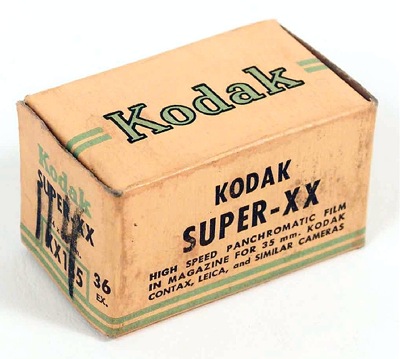 [Editor’s Note: Combat veteran and amateur military historian Charles Herrick’s crucial earlier posts in this series corrected 70 years’ worth of miscaptioning of one of Robert Capa’s ten D-Day photographs from Omaha Beach, and pinpointed the exact location and approximate time at which he landed on the Easy Red sector with a later wave.
[Editor’s Note: Combat veteran and amateur military historian Charles Herrick’s crucial earlier posts in this series corrected 70 years’ worth of miscaptioning of one of Robert Capa’s ten D-Day photographs from Omaha Beach, and pinpointed the exact location and approximate time at which he landed on the Easy Red sector with a later wave.
In this new article, Herrick, at my request, performs a deep dive into the military records in order to “follow the film” — that is, to detail the logistical steps through which Capa’s D-Day exposures moved through the system from the moment Capa re-boarded the USS Samuel Chase after leaving Easy Red until the moment they got delivered to John Morris at LIFE‘s London office on the night of June 7, 1944.
Bits and pieces of the journey these films made have appeared in previous posts by Herrick and myself, but never connected as a coherent narrative. We believe that tracking them all the way from the beach to Morris’s hands sheds considerable new light on the situation, and on the myth.
Part 4 appears below; click here for Part 1, here for Part 2, and here for Part 3. — A.D.C.]
•
Follow the Film (conclusion)
by Charles Herrick
•
The “Other” Capa Film
… So far we’ve only discussed the handling of Robert Capa’s D-Day film. What was happening to the four rolls of 35mm, the two or more rolls of 120 film, and the 4×5″ film exposed after he boarded the USS Samuel Chase and before the landings? After all, Capa sent all that to Morris at the same time, so it would have undergone its own processing at the same time as the film of the landing on Omaha Beach, his transit from the beach on LCI(L)-94, and his return to England aboard the Chase.
This film probably would have retained its presumptive secret classification by Supreme Headquarters Allied Expeditionary Forces (SHAEF), due to the relatively innocuous nature of the subject matter, and would have been sent directly to the LIFE lab for routine developing, under the watchful eye of the same SHAEF custody officer responsible for supervising the processing of the D-Day exposures. These negatives, their contact sheets, and two sets of prints of them would then have been returned to the censors for review, along with the D-Day pictures.
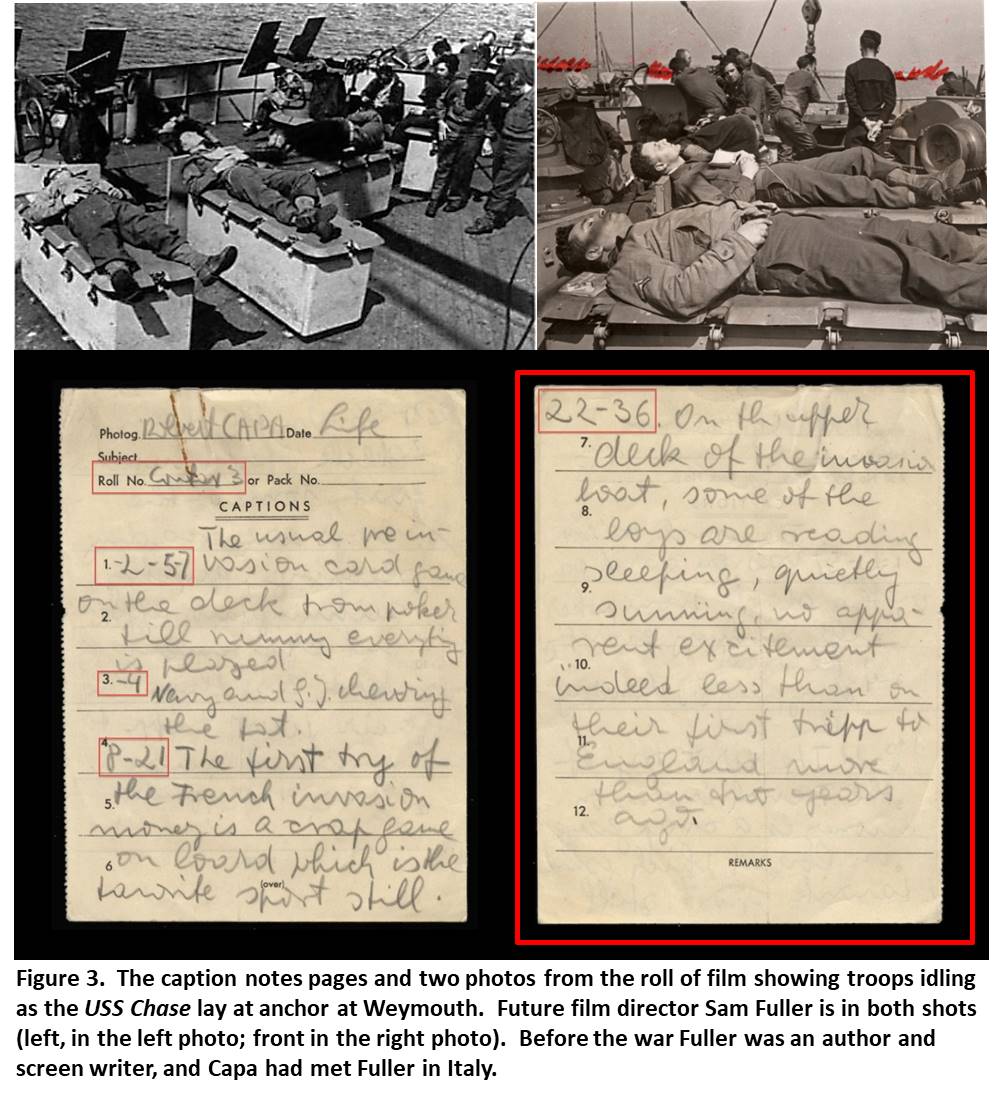 But even this ostensibly unproblematic film ran afoul of the censors. Capa’s photo of future Hollywood director Sam Fuller dozing on a Chase ammunition locker in the June sun was rejected by the censors because it showed details in the background from which the Germans might identify the embarkation harbor. It was marked up by the censor for editing (Figure 4, right photo), and almost certainly other pictures from the same roll would have been rejected, as they would probably have showed much the same scene.
But even this ostensibly unproblematic film ran afoul of the censors. Capa’s photo of future Hollywood director Sam Fuller dozing on a Chase ammunition locker in the June sun was rejected by the censors because it showed details in the background from which the Germans might identify the embarkation harbor. It was marked up by the censor for editing (Figure 4, right photo), and almost certainly other pictures from the same roll would have been rejected, as they would probably have showed much the same scene.
If the censors didn’t confiscate the images outright, this would have necessitated a return trip to LIFE‘s lab to eradicate the offending details. Then one last trip back to the censors for final clearance and release. All of this took valuable time, with the morning deadline fast approaching for the Preswick flight that would send the film on its way to the U.S.
[Editor’s note: The Capa Archive at the International Center of Photography includes a sheet of caption notes for a roll of 35mm Super-XX with images made on the evening of June 5 showing troops on deck looking out at the fleet en route to Normandy, as shown below — but the archive holds few accompanying negatives. See my report on this for further details. It seems likely that the SHAEF censors confiscated most of this roll, while passing along the vague and unrevealing caption notes. — A.D.C.]
Nevertheless, nothing about this time-consuming, frustrating, yet vital censorship process was included in Morris’s version of the film saga. It is Morris’s deliberate avoidance or trivialization of the topic that raises suspicion that there must have been more to this than he was willing to reveal.
Disposition
At this point, after its passage through the SHAEF system, Capa’s censor-approved film was fed into three channels:
- Coming as it did from a designated press-pool photographer, Capa’s film would be freely marketed without restriction at the normal nominal commercial rates.[1] In other words, any outlet in any allied or neutral country that wanted to use the pool photos could do so if they were willing to pay the standard fees.
- SHAEF had created a Pictorial Selection Committee to choose significant photos for rapid radio transmission to North America via military circuits. During the pooling period, all photos from SHAEF-accredited correspondents like Capa were made available to this committee.[2] At least one of Capa’s beach shots was transmitted to the U.S. by this method on 8 June (Figure 12).
- Morris packaged Capa’s film, along with that of David Scherman and other LIFE photographers, and dispatched it by means of one of the twice-daily courier flights to Washington, D.C. for delivery to LIFE‘s offices in New York, where selected images made it into that magazine’s next weekly edition (datelined June 19, hitting the newsstands on June 12).
[Editor’s note: The illustration above combines the recto and verso of a Capa image transmitted via radiophoto on June 8, 1944 by the U.S. Signal Corps. French scholar Bernard Lebrun discovered it; details at Patrick Peccatte’s blog. Below, an example of how this image got used, in this instance by the Ashtabula Star-Beacon, June 9, 1944, on its front page (below the fold). — A.D.C.]
[Editor’s note: The writer of the caption departed from the original: “GERMAN BARRICADES FAIL TO HALT ALLIES Shoulder-deep in water and a meshwork of booby-trapped beach barricades, Allied troops struggle toward the shore of France against a hail of machine gun, mortar and artillery fire from entrenched German beach positions.” — A.D.C.]
•
As for Capa’s film that did not survive the censor … its fate is unknown. Censors could either simply retain the material permanently, or, if it appeared the sensitive content might soon be unclassified, they could put a hold on the material until such time as it was eventually releasable. Assuming his film had been stopped due to “Fortitude South”-related concerns (see previous post), it would seem likely the blocked content would have remained blocked at least until “Fortitude South” had expired, which it finally did on 19 July. The very next day, however, it was replaced by a successor, “Fortitude South II,” which still maintained the fictional threat to the Pas de Calais.
However, by the end of that month the exhilarating breakout and Allied pursuit of the German army through France was getting underway, and, in that heady atmosphere, it is doubtful that anyone cared about, or even remembered, blocked film from early June. Best let old news sleep. Lying unclaimed in SHAEF’s London vaults, it probably fell victim to eventual housecleaning when SHAEF was terminated at war’s end.
Reckoning
Because so many of the implementing actions in support of the “Fortitude South” deception plan were not acknowledged in official documents at the time, we may never know for certain the fate of Capa’s missing film. Assiduously and suspiciously ignored by those who pushed the darkroom-accident fiction (most notably Capa himself, John Morris, Capa’s younger brother Cornell, and Capa’s official biographer, Richard Whelan), the censorship aspect is clearly the obvious and logical culprit. And frankly, however we may assess the historical cost of losing those Capa pictures to a red pen, it is certainly less than the cost would have been in blood had “Fortitude South” not succeeded due to laxity in the SHAEF censors’ office.
•
A final word on “Fortitude South.”
For obvious reasons, this plan was extremely closely held, what we would now term a top-secret, compartmentalized program. Practically speaking, it served as an invisible hand guiding and controlling a wide range of subsidiary implementing plans that were of lesser classification.
So, for example, hundreds of people were involved in executing the classified plans for the inflatable dummy tanks and other such deception tactics, but they had no idea what that project supported, beyond the obvious yet vague purpose of fooling the enemy. Similarly, the hundreds of operators involved in creating fake radio traffic to simulate the non-existent units of Gen. George Patton’s “Phantom Army” were necessarily well aware of their tasks, but had no inkling of the strategic objective of their efforts.
Very few people would have been aware that we were trying to fool the Germans into believing that the main invasion would come at Pas de Calais. And even fewer would have heard of the term “Fortitude South”; the name itself was classified as top secret. [Editor’s note: For a compelling dramatization of this disinformation campaign, see Eye of the Needle, a 1981 British spy film directed by Richard Marquand and starring Donald Sutherland and Kate Nelligan. — A.D.C.]
Perhaps one or two members of the Public Relations Division of SHAEF might have been in on “Fortitude South,” but even then only aware of the tasks they would be required to implement in support of that plan. They would not have had a comprehensive knowledge of this elaborate deception, since they would not have had a “need to know” beyond those elements relating to their section’s specific job.
So neither John Morris nor anyone in the Time/Life London organization would have known about “Fortitude South” — certainly not Robert Capa or any other LIFE photographer. They would have encountered only some extremely tight-lipped and uninformative SHAEF communiqués, some severe censoring, and a lot of missing negatives. And they’d naturally write it off to typically excessive military bureaucratic control fetishism, which was their opinion of the censorship process anyway.
Similarly, very, very few people in the Office of War Information (the U.S. counterpart to the British Ministry of Information) would have been in on “Fortitude South.” In fact, I sincerely doubt that anyone in OWI was in on it. Which meant no one in Time/Life’s New York head offices would have known, either.
•
So how did LIFE and other periodicals and news agencies get roped into printing such supportive media themes? I don’t know for certain, and I have not run across anything covering how it would be done for Overlord. But, practically speaking, probably much as it happens today.
If it were a true story they wanted to emphasize, a bureau chief or reporter would be called aside, offered a scoop plus assurance that it would be greased with the censors, and off it would go. If the story were plainly a planted bit of disinformation, they’d ask the bureau chief to cooperate in the name of patriotism and saving lives, or in return for preferential treatment in relation to future stories (depending on the character of the news agency involved). Since there was no moral equivalency to that war, almost all of the U.S. media was willing to carry occasional planted stories.
And I’m sure the head of the OWI had one-on-one talks and informal understandings with men like Time/Life founder and publisher Henry Luce, so that the media heads could be brought on board in principle.
But the specifics of “Fortitude South” would have been totally unknown to anyone in the media.
•
[Editor’s note: Relocated shortly before D-Day to Bushy Park, on the western outskirts of London, and codenamed “Widewing,” SHAEF (Supreme Headquarters Allied Expeditionary Forces) was the nerve center of the invasion. The SHAEF censorship system, run by its Ministry of Information, addressed all materials by all the correspondents who received SHAEF accreditation, not just photojournalists like Capa.
Photos and their captions, newsreel footage with notes for title and inter-title cards and voiceovers, texts of news stories for print periodicals, scripts for radio broadcasts — all got submitted to the Ministry of Information for review, revision when required, and not-infrequent quashing.
The snipe on the back of the photo below, part of a series distributed by ACME Newspictures several weeks after D-Day, reads as follows:
D-DAY NEWS TRAVELS TO THE WORLD
ENGLAND — Behind the first bulletin, “Allied forces have landed in France,” which was flashed to people the world over, and the following communiques and stories, lies a powerful and invaluable organization of military and civilian personnel. It seems hard to realize that one simple news flash must go through the hands of hundreds of people before it is finally transmitted to the waiting public, but the systematic method which prevails at the Supreme Headquarters of the Allied Expeditionary Forces in England for censoring and relaying news to the world insures the “home front” of getting an accurate picture of happenings on the battlegrounds of Europe. The following pictures show the various channels at SHAEF whereby D-Day information was sent out to the general public.”
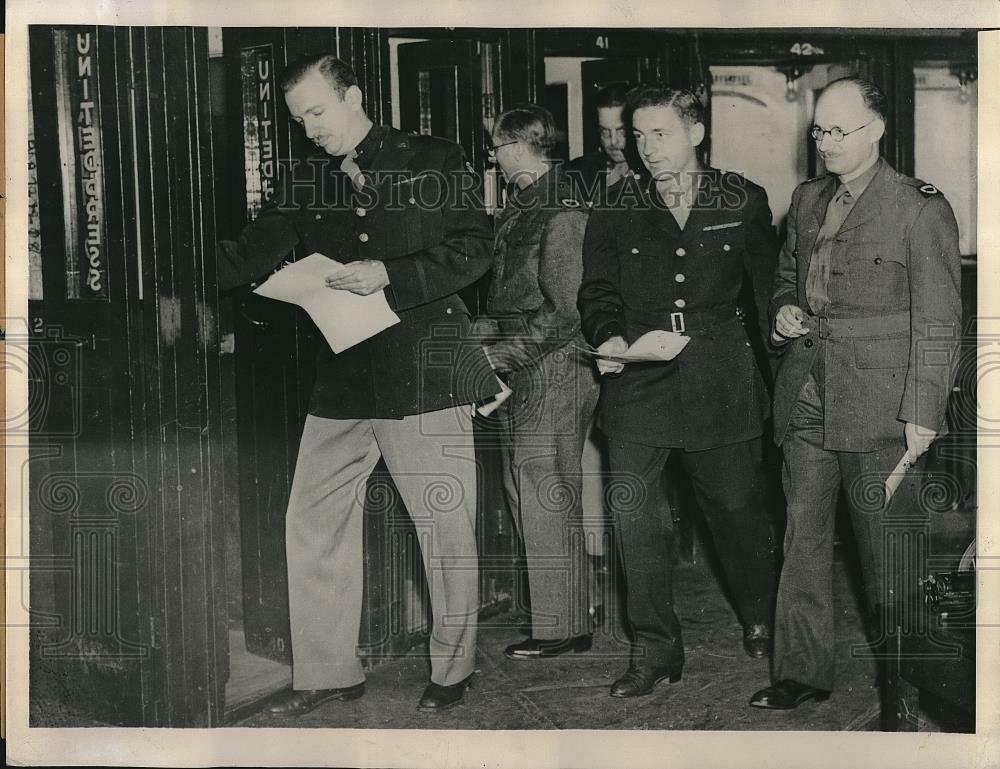
Walter Cronkite (left) and other reporters at SHAEF headquarters on D-Day. Acme Pictures, photographer unknown.
The full caption for this one:
“A new communique from the invasion coast has just been issued and correspondents dash for the phone [at SHAEF HQ] to transmit their news. Left to right: Walter Cronkite, of U.P.; Frank Starr, of the Evening News; Melvin K. Whiteleather, Philadelphia Evening Bulletin; Robert Wilson of A.P.; and Alex Paten, of the Glasgow Herald.”
•
Notes:
[1] SHAEF Public Relations Division memo, Subj: Standard Operating Procedure for the Handling and Disposition of Still Photographs, dated June 1944.
[2] Ibid.
•
Text copyright © 2019 by Charles Herrick. All rights reserved.
•
(For an index of links to all posts in this series, click here.)
•
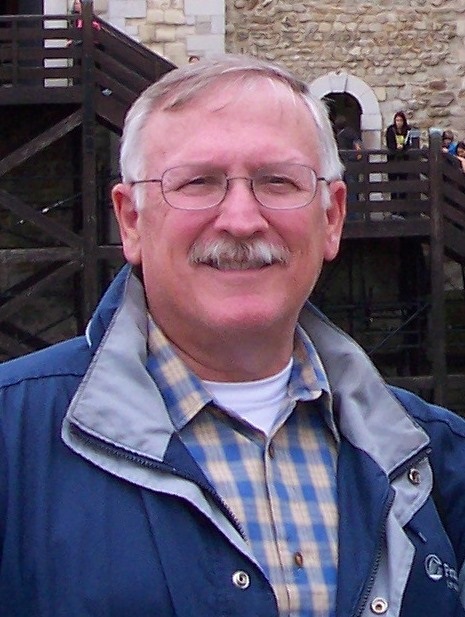 Charles Herrick joined the U.S. Army in 1970 and graduated from the U.S. Military Academy at West Point in 1974. Commissioned in the Infantry, he earned the Ranger tab and Master Parachutist’s wings. He served in a variety of positions from company grade officer to the Pentagon. He earned the Combat Infantryman’s badge while assigned as the Operations Officer of the 193rd Infantry Brigade in Panama in 1989, and later graduated from the U.S. Army War College.
Charles Herrick joined the U.S. Army in 1970 and graduated from the U.S. Military Academy at West Point in 1974. Commissioned in the Infantry, he earned the Ranger tab and Master Parachutist’s wings. He served in a variety of positions from company grade officer to the Pentagon. He earned the Combat Infantryman’s badge while assigned as the Operations Officer of the 193rd Infantry Brigade in Panama in 1989, and later graduated from the U.S. Army War College.
Since retiring from the Army in 1996, Herrick has continued to work on defense issues as a contractor in East Asia, Latin America, the Balkans, Africa and Central Asia. He holds an MBA from the University of California at Los Angeles. He lives in California with his wife, where he pursues his passion for military history. To contact Charles Herrick, click here.


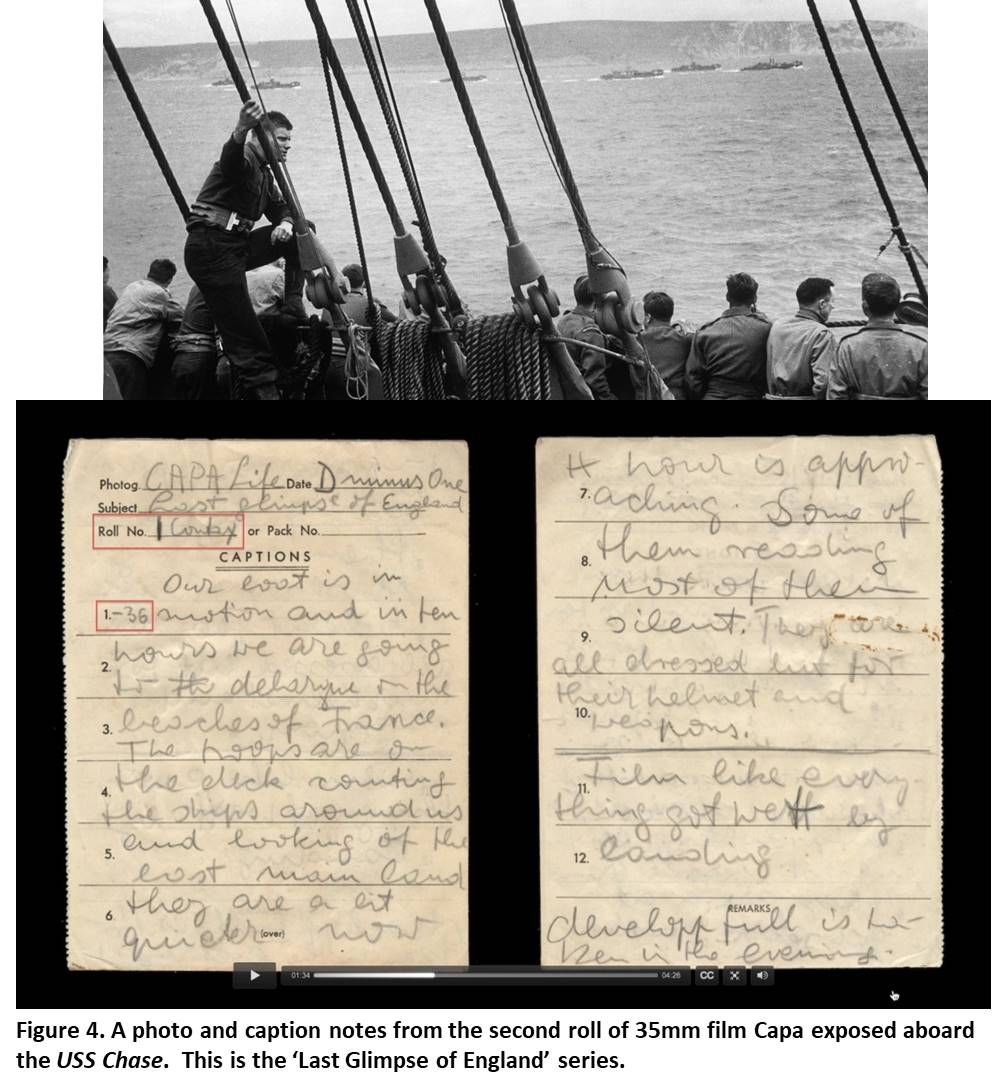
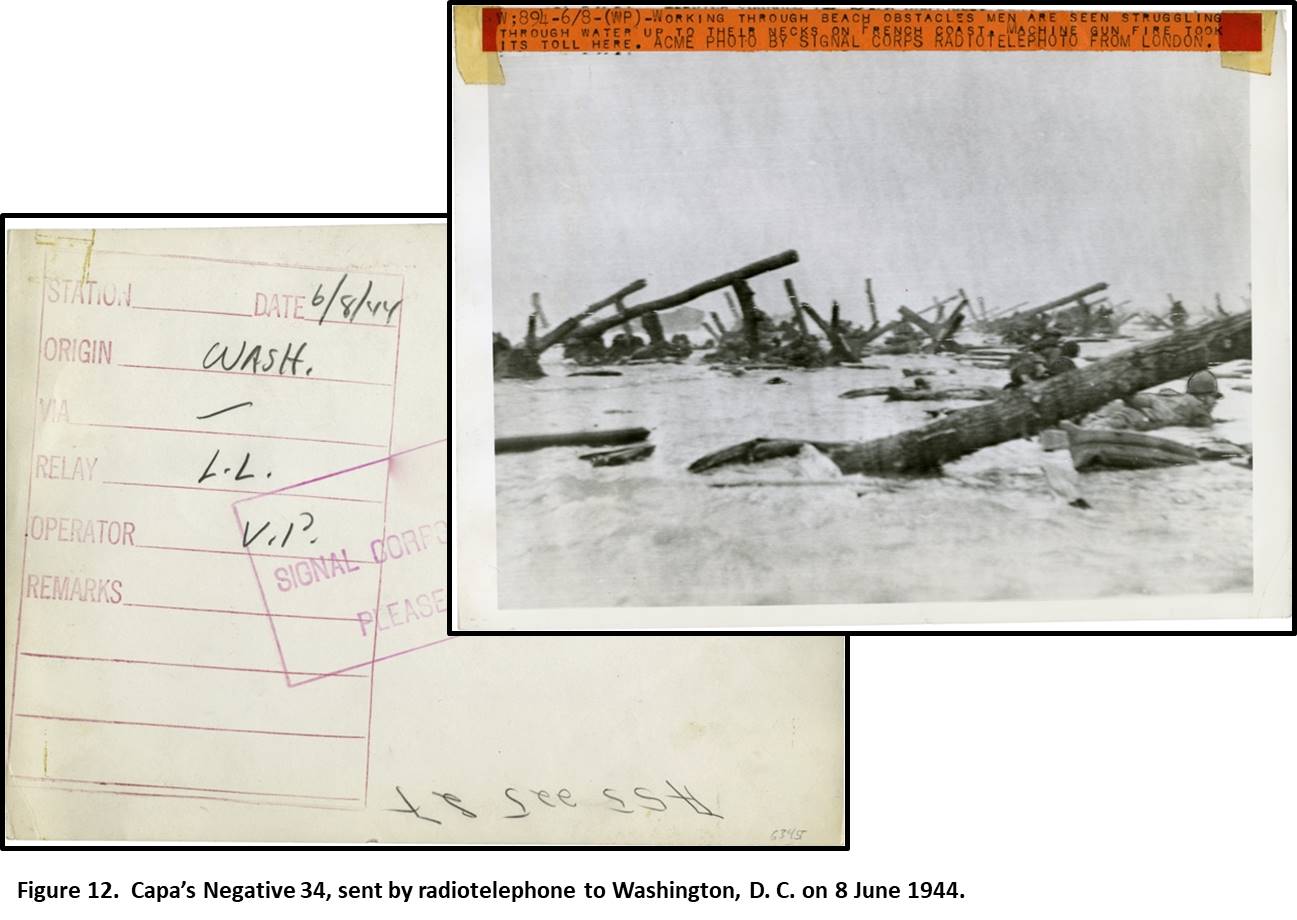
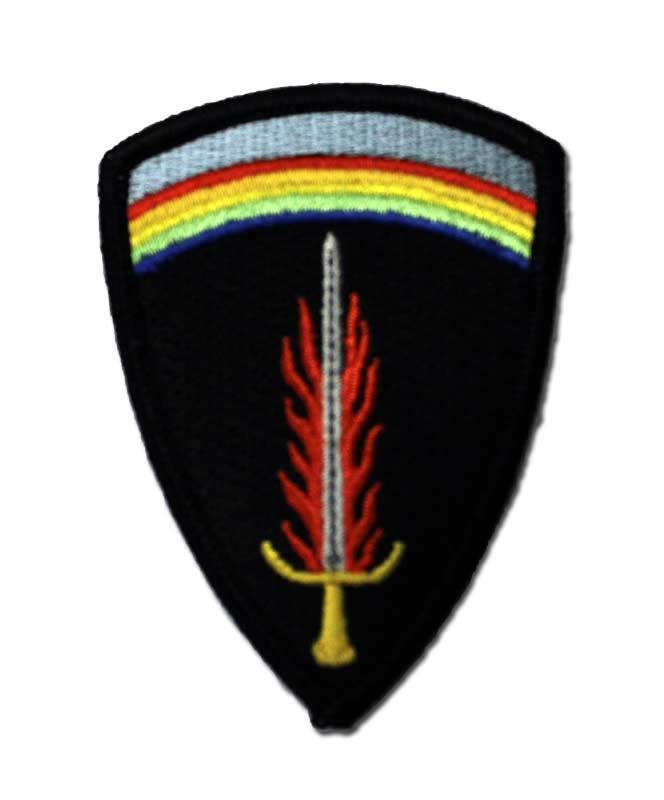
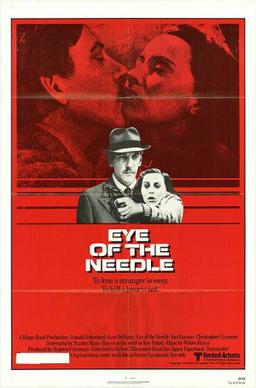
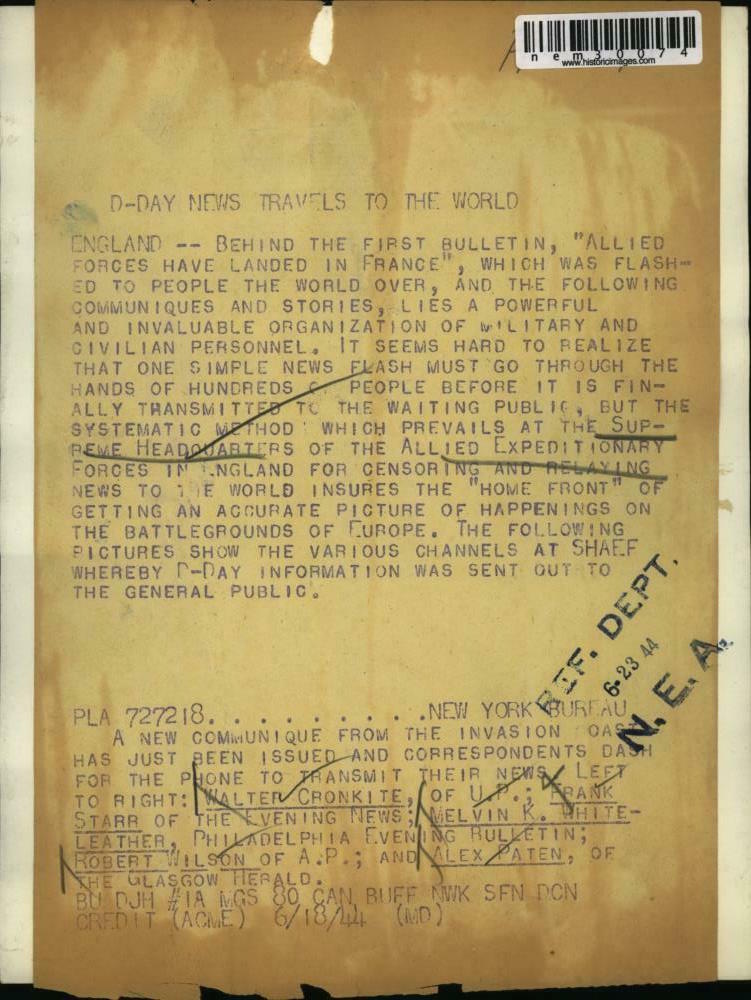




Leave a Comment